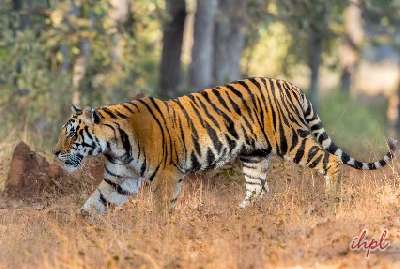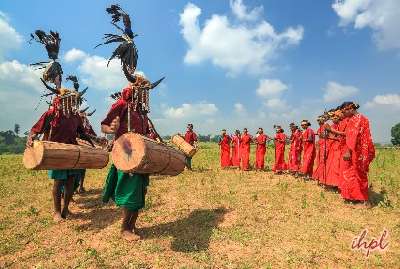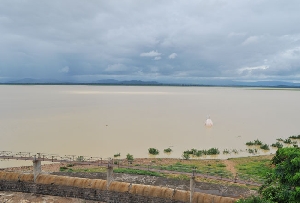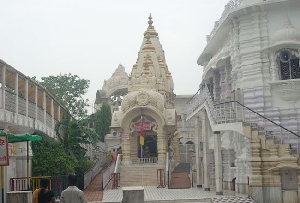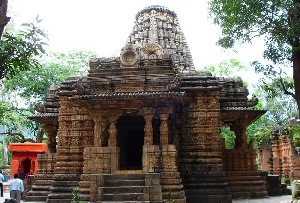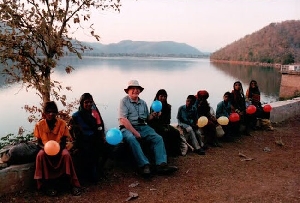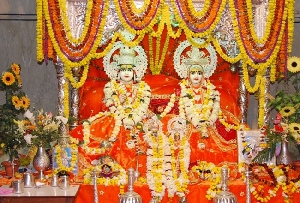History of Bastar is an interesting one. On your Tour to Bastar, you can try to learn a few things about the same. The early history of this place is quite obscure. It seems that the central region of Bastar was formed in the 11th century by the Nagavanshi family who had the capital of their kingdom at Barsur. This kingdom later constituted part of the Warangal Kingdom of the Kakatiya dynasty.
The Bastar Raj family asserts its descent from the Pandu king, Birbhadra of Delhi, who was granted an arrow by Dillishwari, the family goddess, as his weapon of war. This Birbhadra subsequently moved to Mathura, Jeypur (Orissa) and then settled finally at Warangal.
Their family goddess, Manikya Devi was worshipped here (called as Danteshwari in the Bastar inscriptions) who granted them a sword when they decided to move into Bastar. All these weapons exist till date and are even worshipped.
The next chapter of Bastar History is the reign of the Kakatiyas who were great patrons of learning. The reign of the Kakatiyas was strong until Bhairam Deo died in 1891, leaving behind his minor son Rudrapratap Deo. During Rudrapratap’s minority, the state was managed by government. In January 1908, the young Raja was established as the Feudatory Chief of Bastar.
History of Bastar, Chhattisgarh, India took a turn in 1910 when a tribal revolt occurred against the Diwan and the British government who ruled over Bastar. In 1921-22, after the death of Raja Rudrapratap Deo, his daughter Praphul Kumari Devi ascended the throne. Praphul Kumari Devi left her abode in 1936 and her elder son Maharaja Pravir Chandra Bhanj Deo became the ruler at a minor age. The renowned Maharani hospital at Jagdalpur was constructed in 1937 in the memory of Maharani Praphul Kumari Devi. Later in 1941, an air strip was also made at Jagdalpur and a bridge was constructed over river Indravati. Finally, in 1948, Bastar was merged in the Indian Union.
So, come to Bastar as soon as possible and have a date with the chequered History of Bastar.
Checkout: Chhattisgarh Tour Packages, Jagdalpur Tour Packages, Raipur Tour Packages





